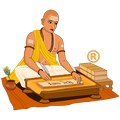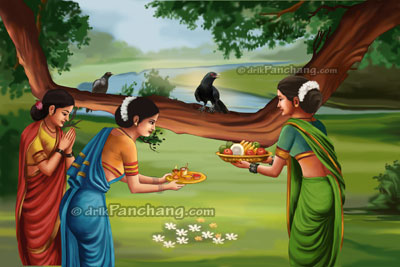













Notes: All timings are represented in 12-hour notation in local time of Columbus, United States with DST adjustment (if applicable).
Hours which are past midnight are suffixed with next day date. In Panchang day starts and ends with sunrise.
Kokila Vrat is observed on Purnima during the lunar month of Ashadha. It is believed that Kokila Vrat should be observed in those years when there is an intercalary Ashadha month. In other words, Kokila Vrat should be observed only when Ashadha Masa is leaped. According to this belief, whenever Ashadha is leaped, Kokila Vrat should be observed during normal Masa and not during Adhik Masa. This belief is supported especially in North Indian states. However, in some regions, especially in Southern and Western parts of India, Kokila Vrat is performed annually on Ashadha Purnima.
Kokila Vrat is dedicated to Goddess Sati and Lord Shiva. The name Kokila refers to Indian bird cuckoo and is associated with Goddess Sati. According to legends associated with Kokila Vrat, Goddess Sati immolated herself when Her father insulted Lord Shiva. After that, Goddess Sati spent 1000 celestial years as a cuckoo before she got back her shape and merged with Lord Shiva.
Kokila Vrat is mainly observed by women. In some regions, the Vrat is observed for a month from Ashadha Purnima to Shravan Purnima. During Kokila fasting, women wake up early and take bath in nearby river or water body. After bath women make an idol of cuckoo with clay and worship it.
It is believed that women who observe Kokila Vrat will be Akhand Saubhagyavati. In other words, those who keep Kokila fasting will never go through widowhood phase in her life and would always die before her husband. It is also believed that worshiping an idol of cuckoo made of clay during Kokila Vrat will help in getting loving and caring husband.